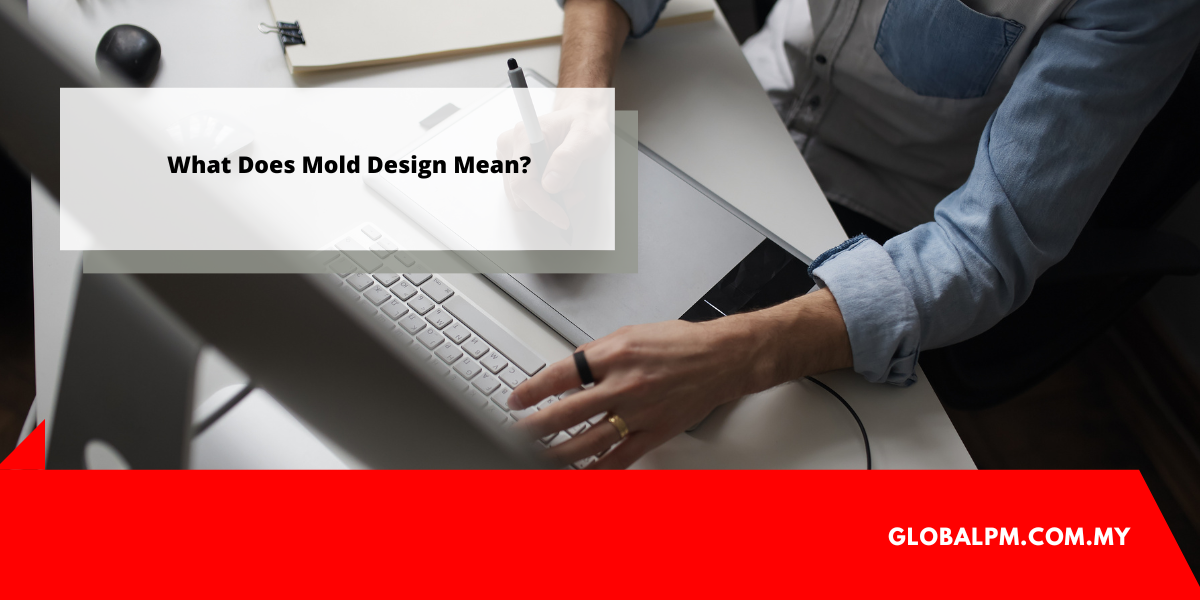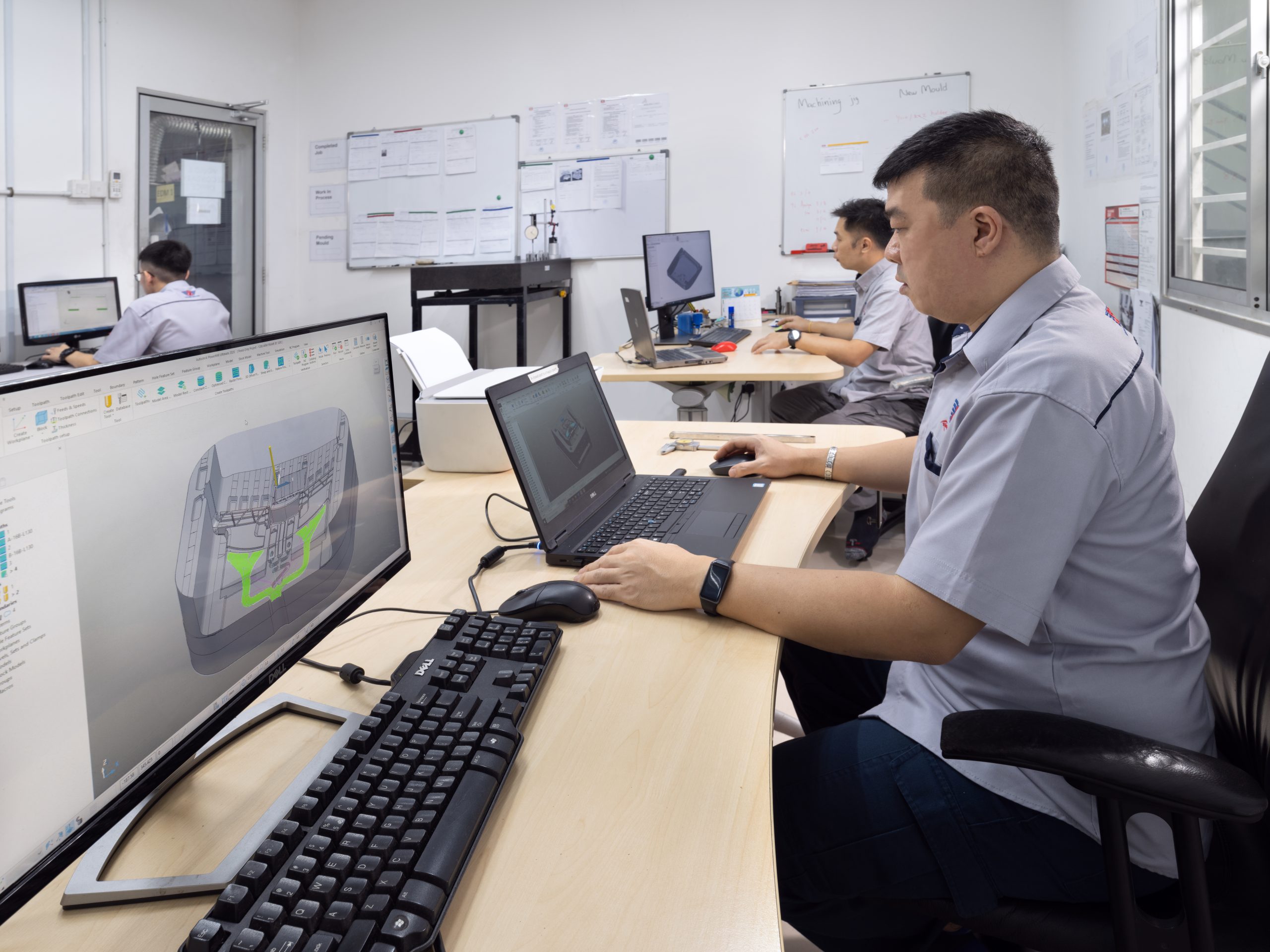Mold design is important to everyone in the injection molding industry. As you may know, the mold is the component of plastic injection technology that dictates the final product’s look and quality. This component works in tandem with the other components, such as runners, gates, sprues, and heat chambers, to generate a high-quality plastic product.
With this in mind, manufacturers work painstakingly to create a mold design that not only fits design standards but also client expectations for both high and low-cavitation injection molding. The quality and design of the mold enables injection molders to assure high tolerance, discover faults, maintain accuracy, choose the appropriate raw materials, and forecast product behavior throughout end-use. After all, only a well-designed mold can meet the many criteria demanded of an injection molding firm. Continue reading to discover more.
- Maintain a High Tolerance
Tolerance in manufacturing is defined as the amount of leeway permitted between the design and the end product’s appearance/functionality. Tolerances allow producers some leeway when making changes. This is done in order to come as near to the final product as feasible while meeting the client’s requirements.
Injection molds can often achieve tolerances of 0.005 inches, give or take. This might vary based on the client’s needs or the design of the mold. Mold design necessitates an understanding of resin behavior; for example, some resins are prone to shrinkage and mild warping during the injection molding process. However, if the tooling mold is constructed to meet these tolerances, resin behavior is predictable. This produces a usable plastic mold that does not require substantial post-processing.
- Remove Defects
Mold design, injection rate, pressure, temperature, runner presence, kind of sprue, gate, and other parameters are all connected with injection molding errors. Even if many injection molding deformations are mainly cosmetic in nature, manufacturers nonetheless aim to eradicate them. Flow lines and discolored areas of the ejected product are ugly and may not meet the expectations of the client.
Manufacturers must make a series of improvements to the injection mold machine or CNC equipment they utilize to prevent or totally eradicate these faults. To increase the flow uniformity of the molten resin, they may need to adjust the wall thickness of the tooling mold or make rounded corners, for example. They may also need to entirely rework the tooling mold in order to make it more symmetrical.
- Determine the feasibility of the project
Aside from all other aspects — injection speed, cooling rate, thermoplastic/resin type — mold tooling is critical in ensuring accuracy design in final injection molded items. As manufacturers strive to be responsive to their customers’ needs, they must also examine the injection molding production process as a whole. The mold design influences accuracy as well as manufacturing viability.
This is why injection molding businesses continue to collaborate closely with their clients to develop new mold designs. To create a molding die with the proper dimensions, wall thickness, and cavitation, injection molders use a variety of techniques like prototyping, reverse engineering, and CNC machining.
- Selecting the Best Raw Materials
Although most resins may be used in injection molding, they do not all have the same properties. As previously stated, certain polymers are more prone to shrinking than others. This is owing to the difference in density between the solid and molten states of the product. This implies that even after the object has been removed from the injection mold machine, it may continue to shrink dramatically as it cools.
Mold design is changed for each kind of resin to prevent severe plastic shrinkage. High shrinkage resins (such as polypropylene) should be utilized in molds with thin walls. In this situation, each mold cavity must be built in such a way that the rate and gravity of shrinkage for different polymers can be predicted.
- Environmental Behavior Prediction
Finally, mold tooling is critical in defining the completed product’s environmental behavior. This simply implies that the product’s design and operation remain unchanged even when exposed to the elements, whether during assembly with other components or on its own.
Mold design makes it far easier to predict how an injection molded object will react to its surroundings. Manufacturers may need to modify specific components of the mold tooling, such as reducing the number of cavities, decreasing wall thickness, or switching to a new tooling metal/alloy entirely.
Want to streamline your manufacturing process with top-of-the-line mould design services in Malaysia? Trust Global-Pacific Manufacturing to provide you with expert solutions tailored to your needs. Contact them today and let them help you achieve your manufacturing goals!







